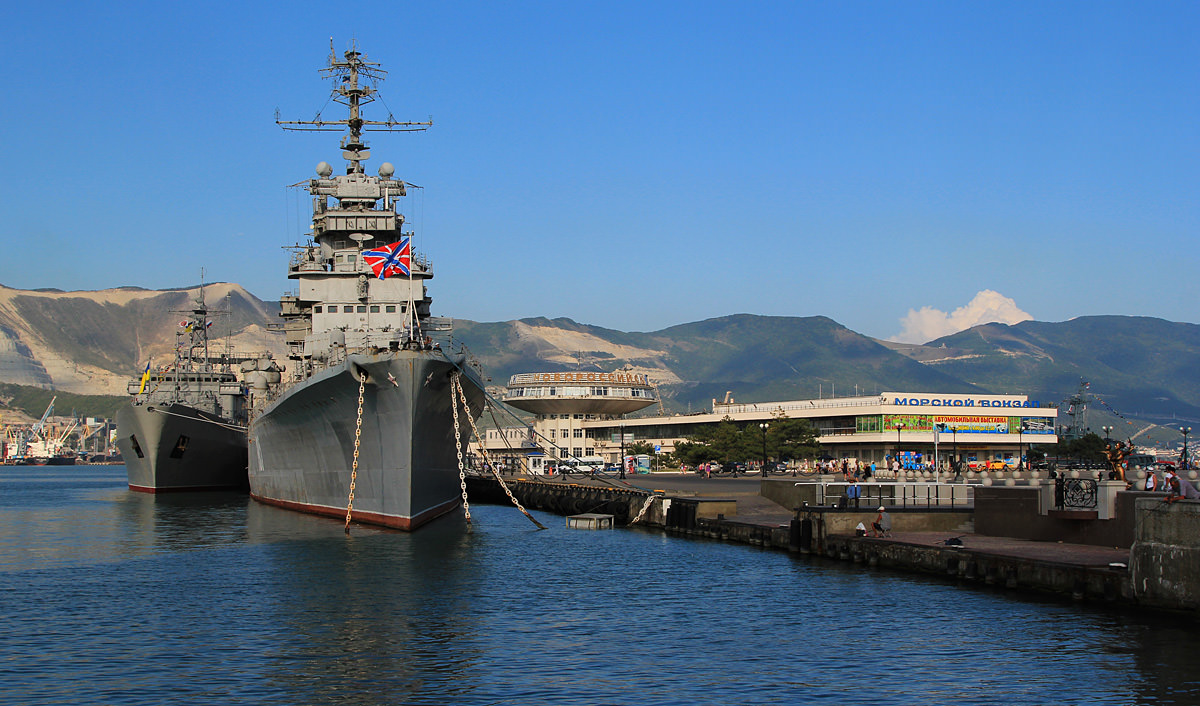World
Ukraine’s Sea Drones Could Turn the Tide in War with Russia
By Belal Awad · August 6, 2023
In brief…
- Ukrainian sea drones are a potential "game changer"according to a top military analyst.
- A Ukrainian sea drone attacked a Russian naval base on the Black Sea two days ago, causing significant damage to a warship.
- The drones act like a sea-borne missiles, carrying around 500 kilograms of TNT.
- They can reach speeds of 50 miles an hour, making them difficult to track.
- Sea drones enable Ukraine to compensate for its lack of a practical navy.

Ukrainian sea drones have emerged as a potential “game changer” in its ongoing war with Russia. The unmanned, self-propelled devices have been used to launch water attacks on Russian naval vessels, marking a possibly shift in the dynamics of the war.
On August 4, a Ukrainian drone struck a Russian navy installation in the Black Sea - hundreds of miles from Ukrainian-held territory - causing significant damage to a warship. A second strike took place yesterday on a 4,754-ton Russian tanker off the coast of Crimea.
Retired Air Force Colonel Cedric Leighton told CNN that the Ukrainian drone acted like a missile, hitting the Russian ship at one of its most vulnerable points. The water drone - which operates in similar fashion to an air drone - was carrying roughly 500 kilograms of TNT, enough to cause severe damage and potentially sink a ship.
The attack targeted Russia’s naval base in Novorossiysk, Russia’s largest port by volume of cargo. The strike marks a significant escalation in the conflict, according to Leighton. The base serves as a port for Russia’s Black Sea Fleet, while also handling oil, gas exports, and agricultural exports.
“The fact that the Ukrainians were able to send a drone that far and take out a ship, a naval vessel - that that is a remarkable achievement,” said Leighton, adding that this type of warfare is asymmetric. “Ukraine has no real practical navy at this particular point in time except for these drones,” he said.
According to Leighton, navy ships generally lack anti-drone measures, making them susceptible to such attacks: “Ships have radar that is designed to protect them against other surface vessels. They also… have radars that protect them against aircraft. But there’s very little protection in the way of anti-drone measures,” he said, adding, “That’s something that is going to be a big game changer once we really assess how capable the Ukrainians actually have been [using drones].”
The Ukrainian sea-drone program has developed rapidly, enabling the military to surveil and attack Russia’s Black Sea fleet and elsewhere. The latest Ukrainian sea drones have a range of 500 miles and can reach speeds of 50 miles per hour, making them difficult to track.